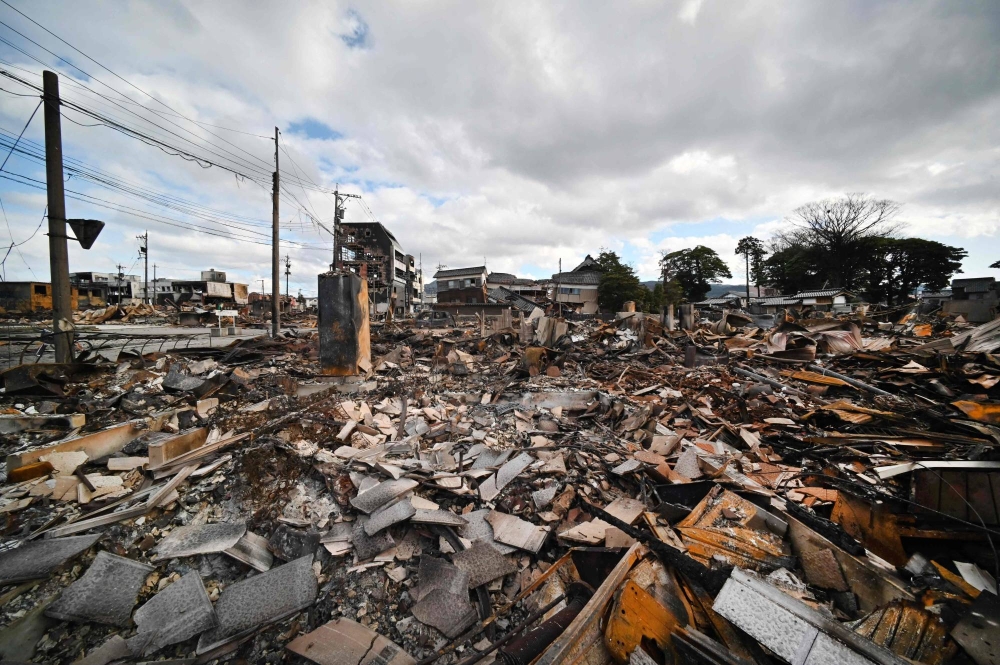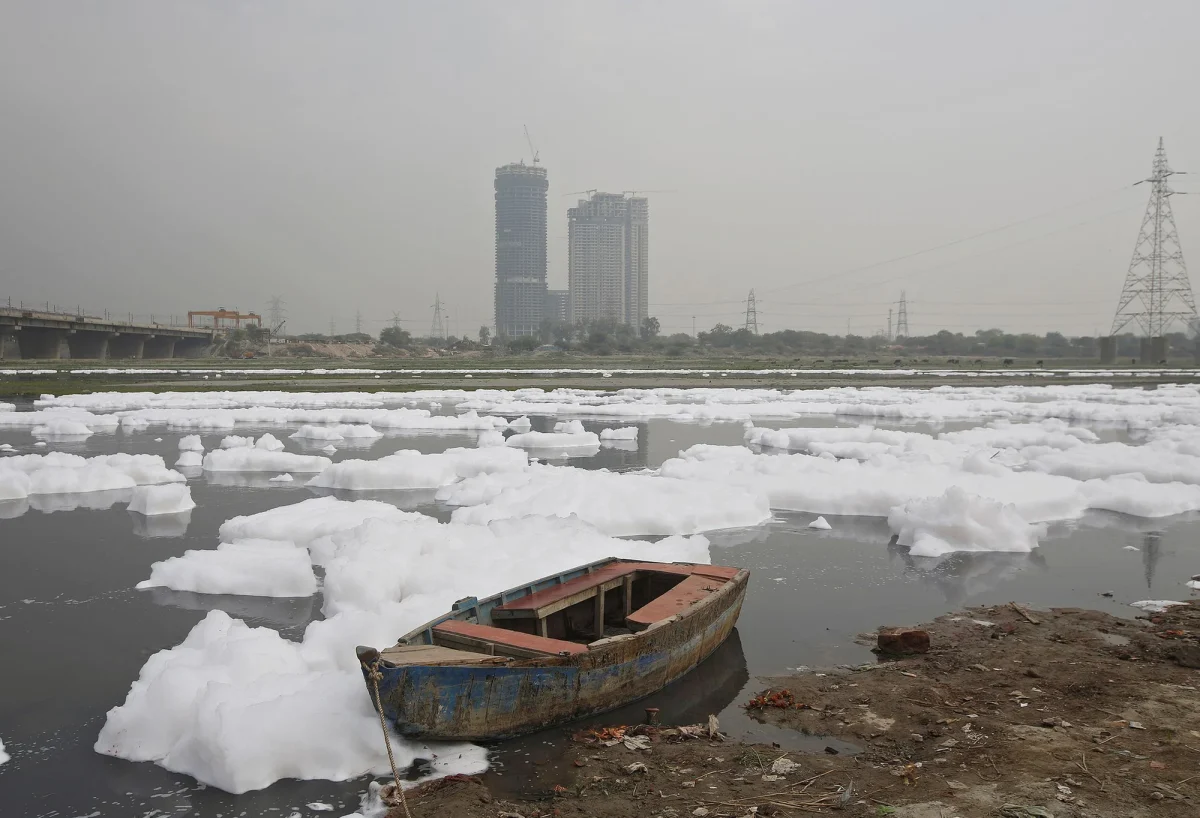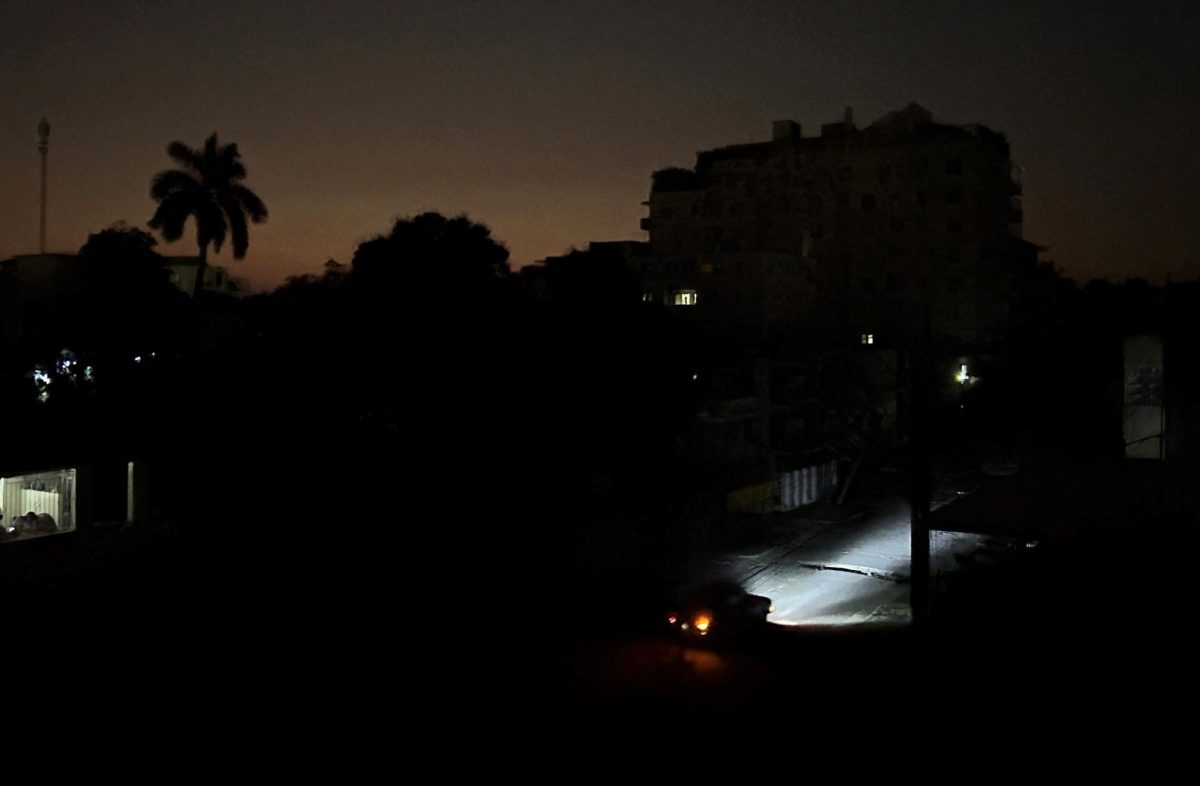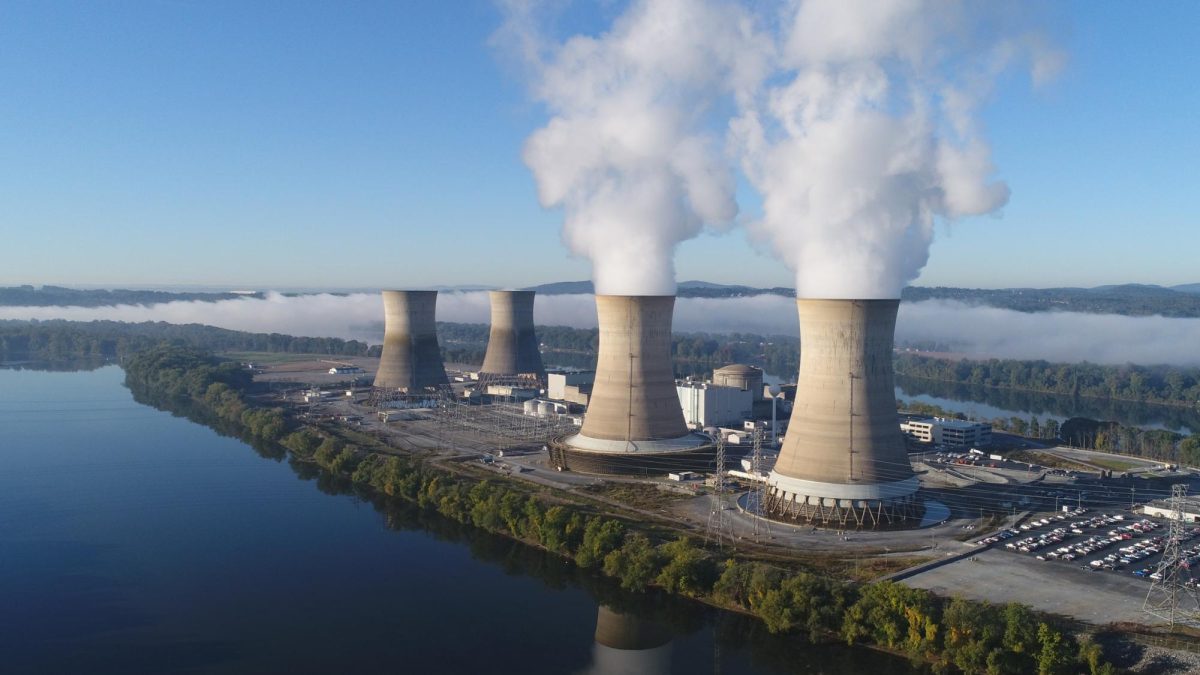The quake triggered two small tsunamis that briefly threatened the coast of the affected area, sending shockwaves through the surrounding region and causing widespread alarm among residents.
Japan is located along the Pacific Ring of Fire. Therefore, Japan is the most seismically active region in the entire world. As the country is standing at the convergence of four tectonic plates: The Philippine Sea plate, the Pacific plate, the Eurasian plate, and the North American plate.
The Japan Meteorological Agency (JMA) called on citizens to stay far from the coast to prevent any tsunamis, saying that the same phenomenon could happen again. “The tsunami may strike repeatedly. Please do not enter the sea or approach coastal areas,” the agency requested.
They also ordered not to send any boats for the time being. Thankfully, there were minimal damages like broken windows, doors, or other minor issues. “An earthquake could occur at any time, and it is important to ensure that preparations for earthquakes are implemented on a daily basis,” officials quoted in a press conference.
This was a small earthquake compared to the 2011 Japan earthquake, which ended in tens of thousands of people dying and getting hurt. However, it still caused damage and will be remembered and used as a reminder of the constant dangers of Japan; therefore, it makes people more aware and cautious of the risks surrounding them as of right now.









